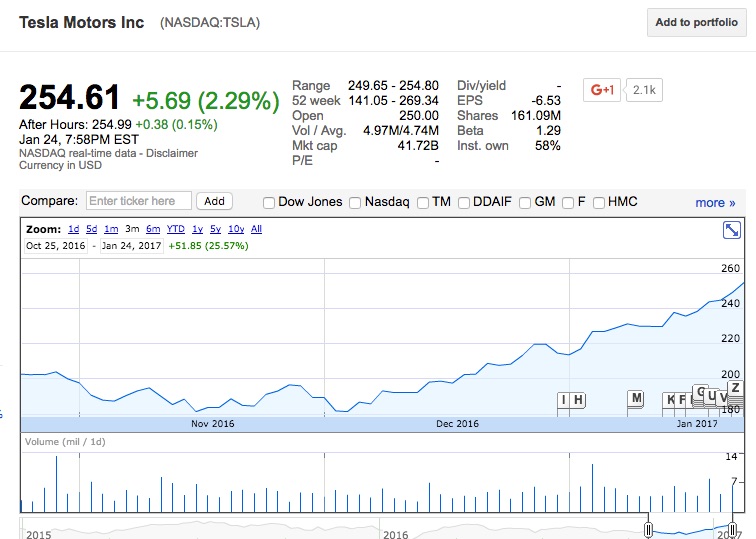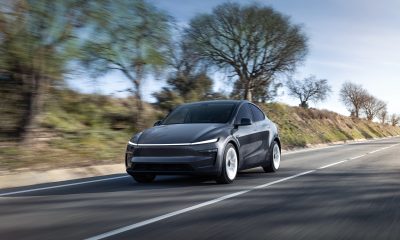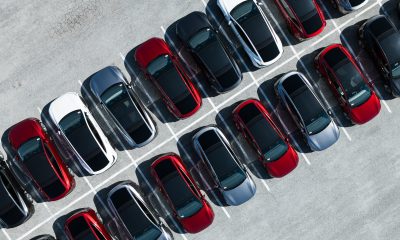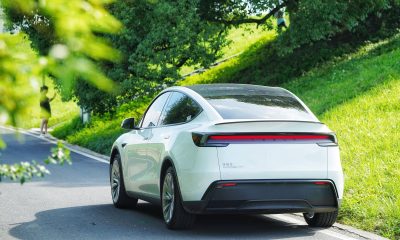News
Trump effect takes hold of Tesla’s (TSLA) stock price
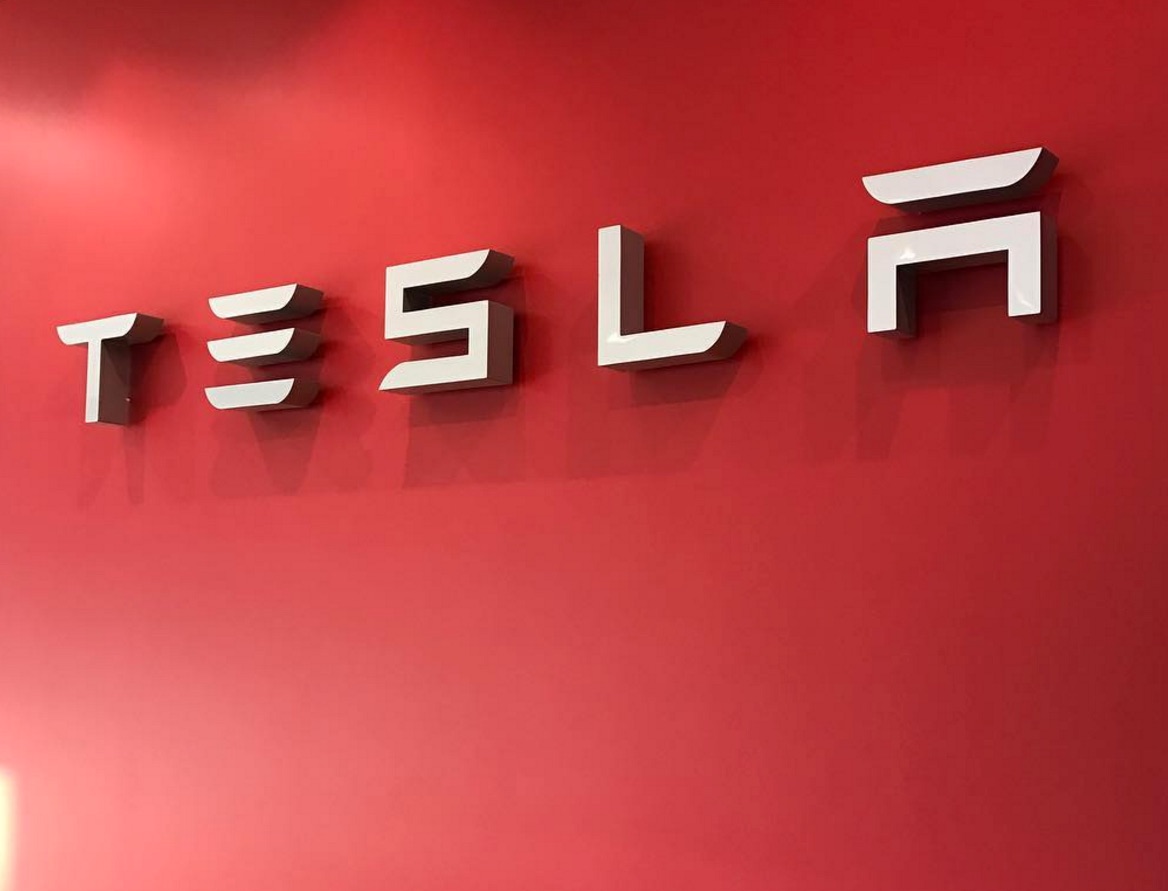
Why has Tesla’s stock price increased so much in value over the past couple of months? What effects have a Trump Presidency had on Tesla stock values? And, overall, why have there been so many skeptics who’ve openly voiced concerns about Tesla’s validity as an investment?
Tesla has seen a pattern in which, due to delivery date misses, analysts have critiqued the company’s overall growth potential. They often wonder aloud whether turning monies back into the Tesla business makes sense for investors. Increasing scrutiny of new competitors for a currently small but potentially significant electric vehicle market has complicated the overall Tesla stock valuation picture.
And then there’s CEO Elon Musk, widely known for working 100 hour weeks while he runs both the Tesla automotive company and SpaceX.
Over the past year, a cycle has taken place in which sliding stock prices are followed by strong public sentiment that pushes stocks prices upward. Helpful for the overall Tesla financial health picture have been carefully placed Tesla news events, model improvements, software updates, or new company acquisitions, such as SolarCity.
What’s changed from late 2016 into early 2017 with TSLA?
TSLA stocks are currently receiving very positive reports from the market. Shares have risen nearly 20% since the beginning of the year and up over 40% from the period between November’s low through January, 2017. Just last week, Morgan Stanley’s lead auto analyst, Adam Jonas raised Tesla’s price target from $242 to $305 with associated higher earnings prediction for fiscal year 2018.
Partially that optimism rises from a view that Tesla can launch its $35,000 Model 3 on schedule. Tesla describes Model 3 targets on its website as production beginning in mid-2017 and delivery estimates for new reservations in mid 2018 or later. Jonas has given the nod to the likelihood that Tesla will be able to create additional business through car-sharing, but also cited a “supportive political environment” as cause for the upgrade.
There’s also Tesla’s short interest, which has jumped 27.8 percent in the past year. Traders have wagered that the Model 3 may not live up to the market’s sky-high expectations.
The Trump effect on TSLA
Possibly the most important reason that TSLA stock has been trading with a brighter outlook is the addition to Musk’s collaboration with newly-elected President Donald Trump. When Musk first agreed to participate as one of Trump’s council of business leaders, much consternation arose among Tesla fans. The President has reiterated a strong stance since then on creating U.S. jobs by bringing the workforce back into the U.S.
But, with Tesla increasing production at its California plant and returns quickly mounting at its Gigafactory in Nevada, the Tesla Effect is jobs, jobs, jobs. Tesla is already well on its way to accelerating the world’s transition to sustainable mobility by producing electric vehicles in sufficient volume and forcing change in the automobile industry.
Trump urged U.S. car manufacturers on Tuesday to build more cars in the U.S as part of a plan to discourage the car industry from investing abroad. In response, the Big Three voiced concerns about fuel efficiency standards, trade policy, and regulatory concerns.
Silencing the roaring bears
With more cash on hand than expected, Tesla has wilted the case of the more aggressive bears. At the end of 2016, analysts noted increased company efficiency, which dampened the previous overarching view that Tesla would need a capital infusion in early 2017. So, too, in Tesla’s favor is its ability to sell carbon credits against its zero emissions vehicles. With former Audi exec Peter Hochholdinger now on payroll to improve and accelerate production, Tesla will also only improve in its production methodology.
As Tesla’s production process shifts to widespread automation through machines that build machines, these and other improvements have diminished the bear case against Tesla. Certainly, 2017 and beyond contain challenges for Tesla. But, at least for now, Tesla has made significant strides to move the Wall Street bulls a lot closer to its point of view.
News
Tesla UK sales see 14% year-over-year rebound in June: SMMT data
The SMMT stated that Tesla sales grew 14% year-over-year to 7,719 units in June 2025.
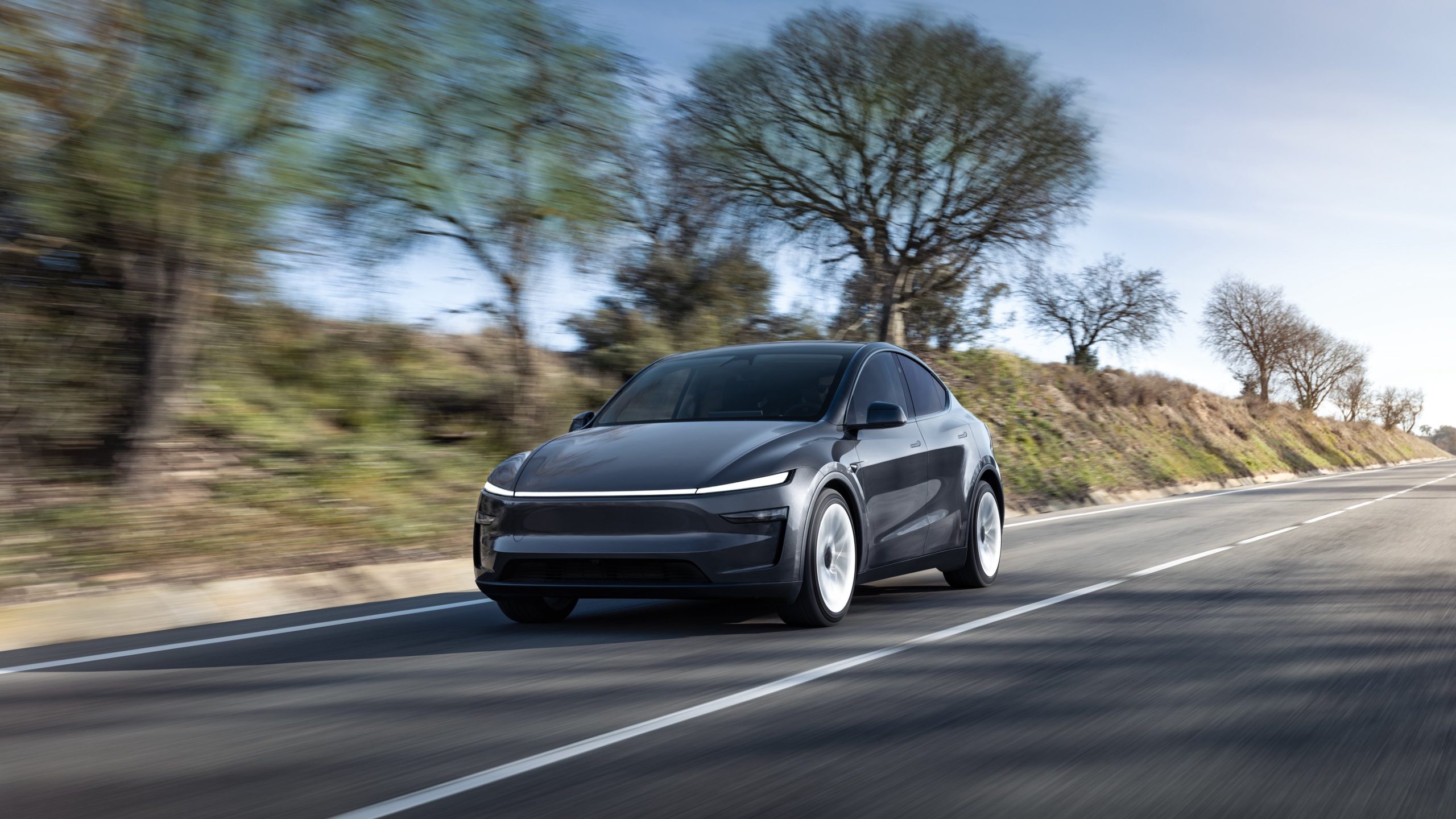
Tesla’s sales in the United Kingdom rose in June, climbing 14% year-over-year to 7,719 units, as per data from the Society of Motor Manufacturers and Traders (SMMT). The spike in the company’s sales coincided with the first deliveries of the updated Model Y last month.
Model Y deliveries support Tesla’s UK recovery
Tesla’s June performance marked one of its strongest months in the UK so far this year, with new Model Y deliveries contributing significantly to the company’s momentum.
While the SMMT listed Tesla with 7,719 deliveries in June, independent data from New AutoMotive suggested that the electric vehicle maker registered 7,891 units during the month instead. However, year-to-date figures for Tesla remain 2% down compared to 2024, as per a report from Reuters.
While Tesla made a strong showing in June, rivals are also growing. Chinese automaker BYD saw UK sales rise nearly fourfold to 2,498 units, while Ford posted the highest EV growth among major automakers, with a more than fourfold increase in the first half of 2025.
Overall, the UK’s battery electric vehicle (BEV) demand surged 39% to to 47,354 units last month, helping push total new car sales in the UK to 191,316 units, up 6.7% from the same period in 2024.
EV adoption accelerates, but concerns linger
June marked the best month for UK car sales since 2019, though the SMMT cautioned that growth in the electric vehicle sector remains heavily dependent on discounting and support programs. Still, one in four new vehicle buyers in June chose a battery electric vehicle.
SMMT Chief Executive Mike Hawes noted that despite strong BEV demand, sales levels are still below regulatory targets. “Further growth in sales, and the sector will rely on increased and improved charging facilities to boost mainstream electric vehicle adoption,” Hawes stated.
Also taking effect this week was a new US-UK trade deal, which lowers tariffs on UK car exports to the United States from 27.5% to 10%. The agreement could benefit UK-based EV producers aiming to expand across the country.
News
Tesla Model 3 ranks as the safest new car in Europe for 2025, per Euro NCAP tests
Despite being on the market longer than many of its rivals, the Tesla Model 3 continues to set the bar for vehicle safety.

The Tesla Model 3 has been named the safest new car on sale in 2025, according to the latest results from the Euro NCAP. Among 20 newly tested vehicles, the Model 3 emerged at the top of the list, scoring an impressive 359 out of 400 possible points across all major safety categories.
Tesla Model 3’s safety systems
Despite being on the market longer than many of its rivals, the Tesla Model 3 continues to set the bar for vehicle safety. Under Euro NCAP’s stricter 2025 testing protocols, the electric sedan earned 90% for adult occupant protection, 93% for child occupant protection, 89% for pedestrian protection, and 87% for its Safety Assist systems.
The updated Model 3 received particular praise for its advanced driver assistance features, including Tesla’s autonomous emergency braking (AEB) system, which performed well across various test scenarios. Its Intelligent Speed Assistance and child presence detection system were cited as noteworthy features as well, as per a WhatCar report.
Other notable safety features include the Model 3’s pedestrian-friendly pop-up hood and robust crash protection for both front and side collisions. Euro NCAP also highlighted the Model 3’s ability to detect vulnerable road users during complex maneuvers, such as turning across oncoming traffic.
Euro NCAP’s Autopilot caution
While the Model 3’s safety scores were impressive across the board, Euro NCAP did raise concerns about driver expectations of Tesla’s Autopilot system. The organization warned that some owners may overestimate the system’s capabilities, potentially leading to misuse or inattention behind the wheel. Even so, the Model 3 remained the highest-scoring vehicle tested under Euro NCAP’s updated criteria this year.
The Euro NCAP’s concerns are also quite interesting because Tesla’s Full Self-Driving (FSD) Supervised, which is arguably the company’s most robust safety suite, is not allowed for public rollout in Europe yet. FSD Supervised would allow the Model 3 to navigate inner city streets with only minimal human supervision.
Other top scorers included the Volkswagen ID.7, Polestar 3, and Geely EX5, but none matched the Model 3’s total score or consistency across categories. A total of 14 out of 20 newly tested cars earned five stars, while several models, including the Kia EV3, MG ZS, and Renault 5, fell short of the top rating.
Elon Musk
Why Tesla’s Q3 could be one of its biggest quarters in history
Tesla could stand to benefit from the removal of the $7,500 EV tax credit at the end of Q3.

Tesla has gotten off to a slow start in 2025, as the first half of the year has not been one to remember from a delivery perspective.
However, Q3 could end up being one of the best the company has had in history, with the United States potentially being a major contributor to what might reverse a slow start to the year.
Earlier today, the United States’ House of Representatives officially passed President Trump’s “Big Beautiful Bill,” after it made its way through the Senate earlier this week. The bill will head to President Trump, as he looks to sign it before his July 4 deadline.
The Bill will effectively bring closure to the $7,500 EV tax credit, which will end on September 30, 2025. This means, over the next three months in the United States, those who are looking to buy an EV will have their last chance to take advantage of the credit. EVs will then be, for most people, $7,500 more expensive, in essence.
The tax credit is available to any single filer who makes under $150,000 per year, $225,000 a year to a head of household, and $300,000 to couples filing jointly.
Ending the tax credit was expected with the Trump administration, as his policies have leaned significantly toward reliance on fossil fuels, ending what he calls an “EV mandate.” He has used this phrase several times in disagreements with Tesla CEO Elon Musk.
Nevertheless, those who have been on the fence about buying a Tesla, or any EV, for that matter, will have some decisions to make in the next three months. While all companies will stand to benefit from this time crunch, Tesla could be the true winner because of its sheer volume.
If things are done correctly, meaning if Tesla can also offer incentives like 0% APR, special pricing on leasing or financing, or other advantages (like free Red, White, and Blue for a short period of time in celebration of Independence Day), it could see some real volume in sales this quarter.
You can now buy a Tesla in Red, White, and Blue for free until July 14 https://t.co/iAwhaRFOH0
— TESLARATI (@Teslarati) July 3, 2025
Tesla is just a shade under 721,000 deliveries for the year, so it’s on pace for roughly 1.4 million for 2025. This would be a decrease from the 1.8 million cars it delivered in each of the last two years. Traditionally, the second half of the year has produced Tesla’s strongest quarters. Its top three quarters in terms of deliveries are Q4 2024 with 495,570 vehicles, Q4 2023 with 484,507 vehicles, and Q3 2024 with 462,890 vehicles.
-

 Elon Musk4 days ago
Elon Musk4 days agoTesla investors will be shocked by Jim Cramer’s latest assessment
-

 News1 week ago
News1 week agoTesla Robotaxi’s biggest challenge seems to be this one thing
-

 Elon Musk2 weeks ago
Elon Musk2 weeks agoFirst Look at Tesla’s Robotaxi App: features, design, and more
-

 News2 weeks ago
News2 weeks agoSpaceX and Elon Musk share insights on Starship Ship 36’s RUD
-

 News2 weeks ago
News2 weeks agoWatch Tesla’s first driverless public Robotaxi rides in Texas
-

 News1 week ago
News1 week agoWatch the first true Tesla Robotaxi intervention by safety monitor
-

 News2 weeks ago
News2 weeks agoTesla has started rolling out initial round of Robotaxi invites
-
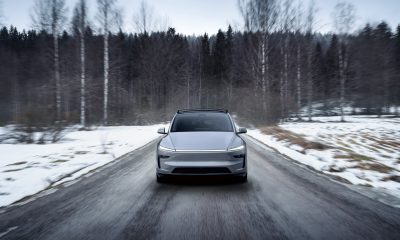
 Elon Musk2 weeks ago
Elon Musk2 weeks agoTesla to launch in India in July with vehicles already arriving: report

